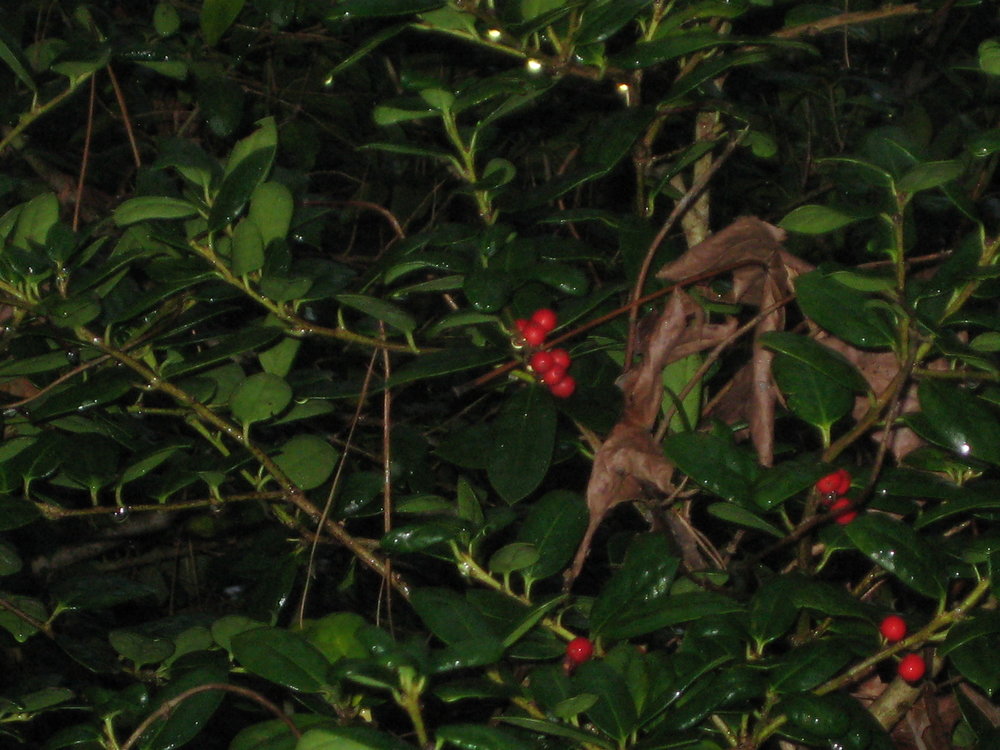
In the bleak mid-winter,
Frosty wind made moan,
Earth stood hard as iron,
Water like a stone;
Snow had fallen, snow on snow,
Snow on snow,
In the bleak midwinter,
Long ago.
The last verse is commonly anthologized in children’s poem collections:
What can I give Him,
Poor as I am;
If I were a shepherd,
I would give a lamb,
If I were a wise man,
I would do my part.
Yet what I can I give Him,
Give my heart.
They would also miss the spectacle of nature’s Christmas colors against the backdrop of barren gray trees sometimes in front of stark overcast skies. In the bleakness of December, nature sometimes shows its brightest colors almost as if it, too, was celebrating Christmas or one of the observances from many
I’ll not quarrel with the choice. While we might more accurately celebrate Christmas in the summer, it seems fitting to go out and see my yard singing Christmas in the red and green of magnolia, nandina, and holly. My heart joins in its song, “In the bleak mid-winter . . .”
I wrote this for today’s post before the tragedy in Connecticut, little knowing the shadow that would be cast on all our hearts. I post it in honor of the principal, teachers, first responders, and 